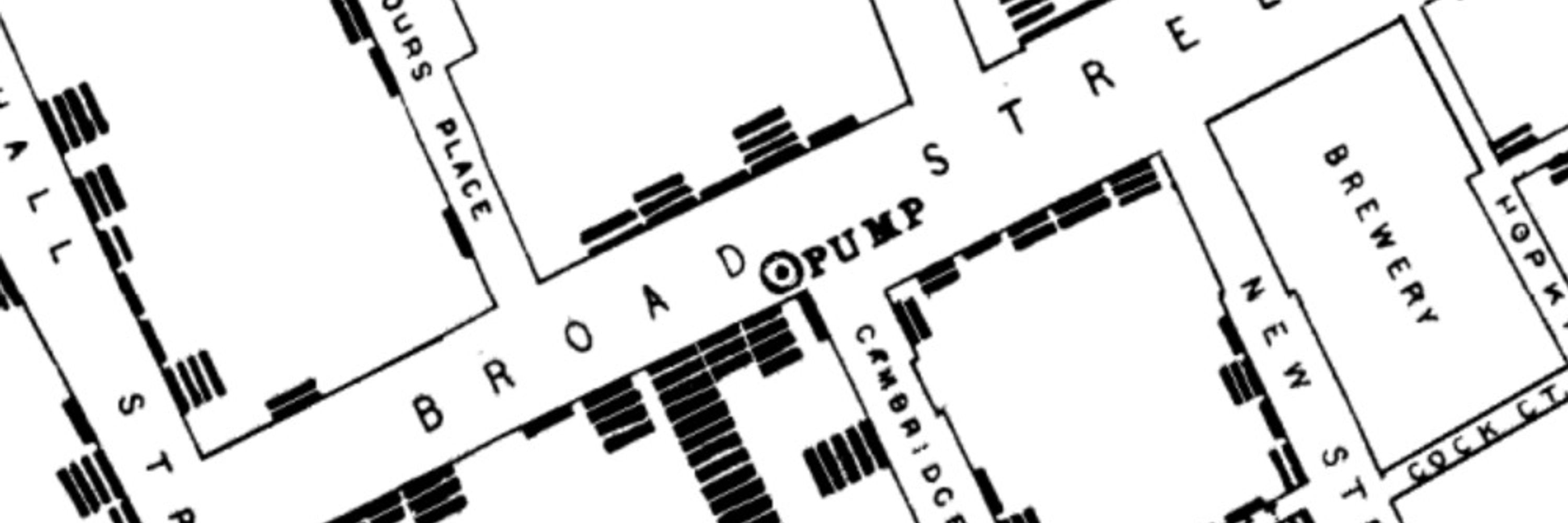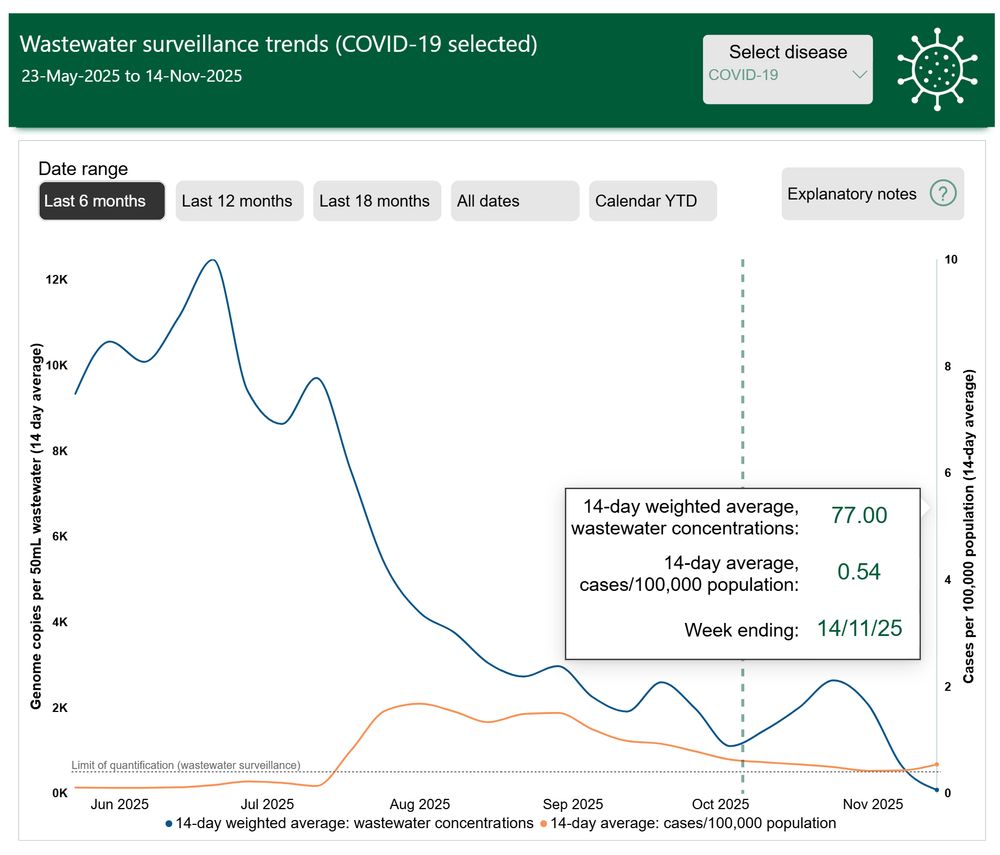
https://linktr.ee/mike_honey_
Support my projects by sponsoring me on Github: https://github.com/sponsors/Mike-Honey


My method projects "Expected Deaths" using a linear regression on the weekly deaths (4-week average) from a baseline of 2015-2019 deaths.
🧵

My method projects "Expected Deaths" using a linear regression on the weekly deaths (4-week average) from a baseline of 2015-2019 deaths.
🧵
BA.3.* (all BA.3.2.2) rose to 13% and seems the most likely challenger to replace NB.1.8.1.* "Nimbus".
#COVID19 #SARSCoV2 #Australia #BA_3_2
🧵

BA.3.* (all BA.3.2.2) rose to 13% and seems the most likely challenger to replace NB.1.8.1.* "Nimbus".
#COVID19 #SARSCoV2 #Australia #BA_3_2
🧵
The risk estimate fell again, to 0.1% “Currently Infectious”, or 1-in-1,625. This is a fresh “all time” low (since this analysis started in late 2022).
That implies a 2% chance that someone is infectious in a group of 30.
#COVID19 #SARSCoV2 #Australia
🧵

The risk estimate fell again, to 0.1% “Currently Infectious”, or 1-in-1,625. This is a fresh “all time” low (since this analysis started in late 2022).
That implies a 2% chance that someone is infectious in a group of 30.
#COVID19 #SARSCoV2 #Australia
🧵
Reported Cases in the Northen Territory have showed a sharp recent rise, approaching their peak from the June-July wave. The Reff (case momentum) hit 2.0 before finishing at 1.59.
#COVID19 #Australia #NT
🧵

Reported Cases in the Northen Territory have showed a sharp recent rise, approaching their peak from the June-July wave. The Reff (case momentum) hit 2.0 before finishing at 1.59.
#COVID19 #Australia #NT
🧵
The authors were kind enough to mention me and the Variant Hunters Ryan Hisner and Federico Gueli.
www.thelancet.com/journals/lan...
🧵

The authors were kind enough to mention me and the Variant Hunters Ryan Hisner and Federico Gueli.
www.thelancet.com/journals/lan...
🧵
The risk estimate has been inching up again, current around 0.1% “Currently Infectious”, or 1-in-758.
That implies a 4% chance that someone is infectious in a group of 30.
#COVID19 #SARSCoV2 #Australia
🧵

The risk estimate has been inching up again, current around 0.1% “Currently Infectious”, or 1-in-758.
That implies a 4% chance that someone is infectious in a group of 30.
#COVID19 #SARSCoV2 #Australia
🧵
BA.3.* (mostly BA.3.2.2) has started showing significant signs of growth. Recent samples have mostly been reported from Germany and the Netherlands.
#COVID19 #SARSCoV2 #EUR #BA_3_2 #XFG #Stratus
🧵


BA.3.* (all BA.3.2.2) rose to 19% and seems the most likely challenger to replace NB.1.8.1.* "Nimbus".
#COVID19 #SARSCoV2 #Australia #BA_3_2
🧵

BA.3.* (all BA.3.2.2) rose to 19% and seems the most likely challenger to replace NB.1.8.1.* "Nimbus".
#COVID19 #SARSCoV2 #Australia #BA_3_2
🧵
1/

1/
But in Germany, it seems the downslope has hit a ramp and is possibly trending back up now.
Early signal of BA.3.2.*? More severe?
But in Germany, it seems the downslope has hit a ramp and is possibly trending back up now.
Early signal of BA.3.2.*? More severe?
Note the sample sizes have been very low and patchy recently.


Note the sample sizes have been very low and patchy recently.
















